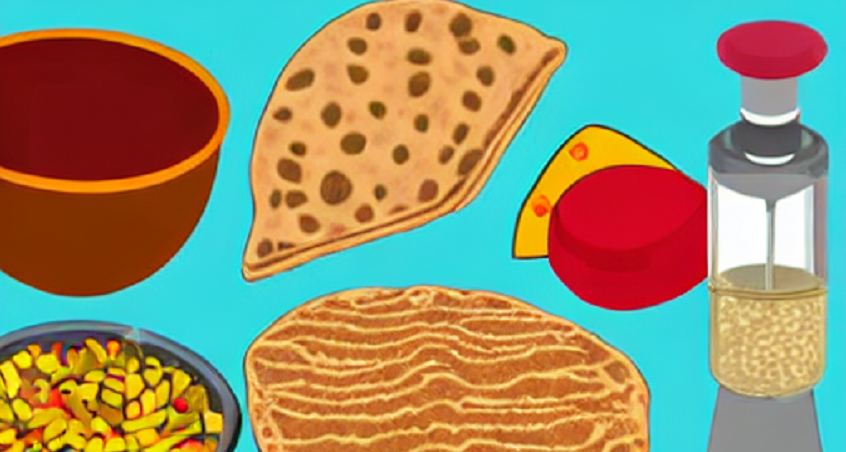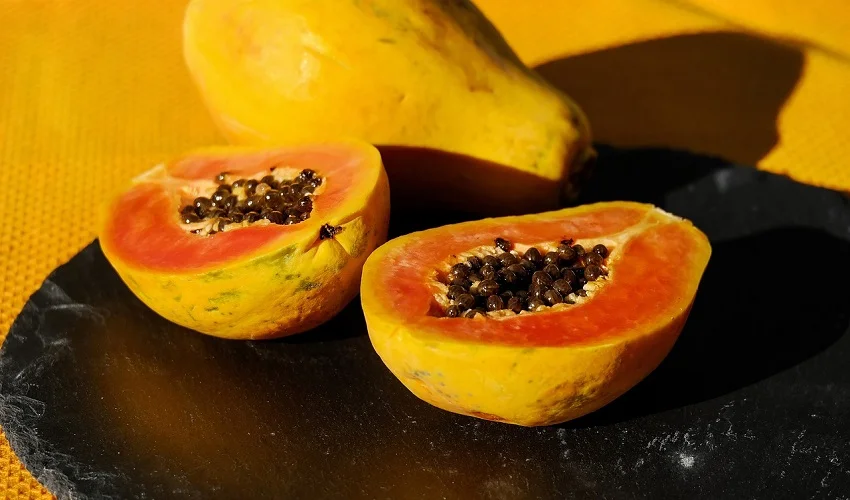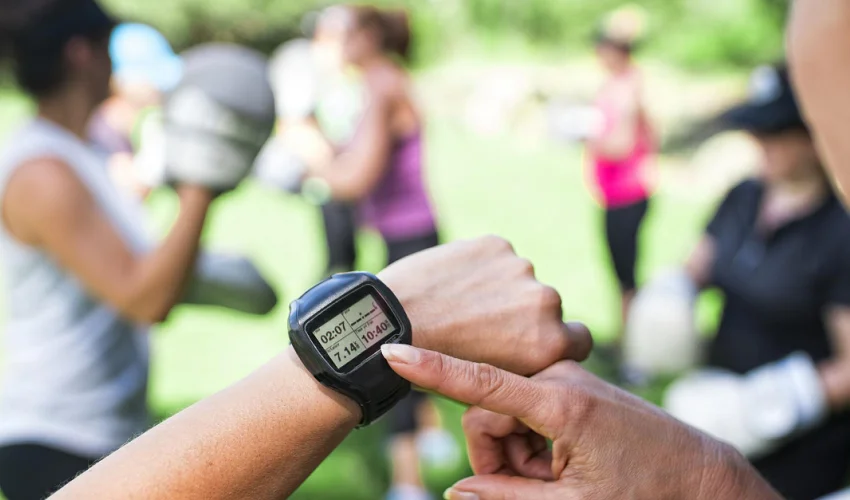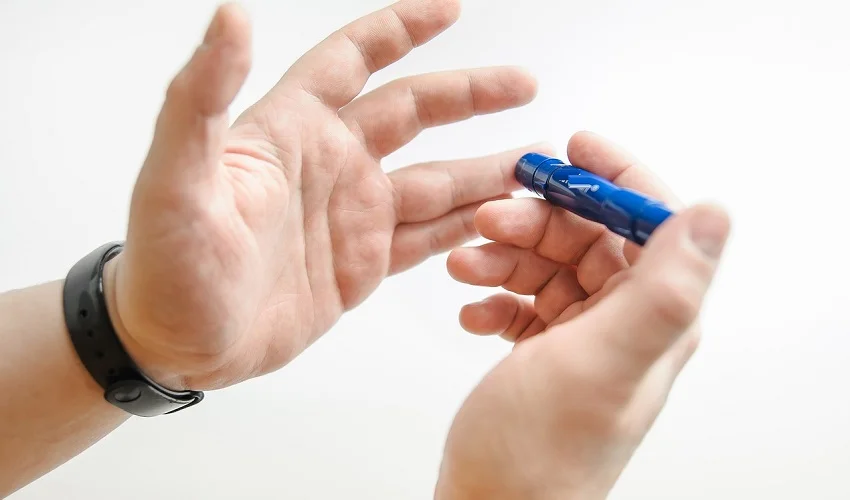Introduction to measuring chapati calories
In today’s world, where health and wellness have become paramount, it is essential to have a clear understanding of the nutritional content of the food we consume. For individuals with diabetes, this understanding becomes even more crucial as they need to carefully monitor their carbohydrate intake. Chapati, a staple in many households, is a popular choice for individuals with diabetes due to its low glycemic index. However, accurately measuring the calories in chapati can be a challenge. This article aims to provide an introduction to measuring chapati calories, exploring various methods and tools available to help diabetics make informed choices and manage their blood sugar levels effectively.
Importance of measuring chapati calories for diabetics
Measuring chapati calories is of utmost importance for diabetics. As diabetes is a condition that requires careful management of blood sugar levels, knowing the calorie content of the food we consume is crucial. Chapatis, being a staple food in many cultures, are commonly consumed by diabetics. By measuring the calories in chapatis, diabetics can make informed decisions about portion sizes and meal planning, ensuring better control over their blood sugar levels. Additionally, knowing the calorie content of chapatis allows diabetics to incorporate them into their overall daily calorie intake, helping them maintain a balanced diet and manage their weight effectively. Therefore, understanding and measuring chapati calories is essential for diabetics to maintain a healthy lifestyle and successfully manage their condition.
Methods of measuring chapati calories
There are several methods of measuring chapati calories. One common method is to use a food scale to weigh the ingredients used to make the chapati, such as flour and oil. The total weight of the ingredients can then be used to calculate the calories. Another method is to use a calorie calculator or a nutrition app that provides the nutritional information for various ingredients. By inputting the quantities of the ingredients used in the chapati recipe, the app can calculate the calories. Additionally, some packaged chapatis may already have the calorie information listed on the packaging, making it easy to determine the calorie content. It is important for diabetics to be aware of the calories in their food as part of managing their blood sugar levels.
Understanding Chapati Calories
What are chapati calories?
Chapati calories refer to the amount of energy provided by a chapati, which is a type of Indian bread commonly consumed in South Asia. Chapatis are made from whole wheat flour and are a staple food in many households. They are low in fat and rich in complex carbohydrates, making them a healthy choice for individuals with diabetes. The number of calories in a chapati can vary depending on its size and thickness, but on average, a single chapati contains around 70-80 calories. It is important for diabetics to monitor their calorie intake, as excessive consumption can lead to weight gain and affect blood sugar levels. By understanding chapati calories, individuals with diabetes can make informed decisions about their diet and maintain better control over their condition.
Nutritional composition of chapati
Chapati, a popular Indian bread, is not only delicious but also a nutritious option for individuals with diabetes. The nutritional composition of chapati makes it an ideal choice for managing blood sugar levels. One serving of chapati typically contains complex carbohydrates, which are digested slowly, preventing sudden spikes in blood sugar. Additionally, chapati is rich in dietary fiber, which aids in digestion and helps regulate blood sugar levels. It is also a good source of essential vitamins and minerals, such as iron, calcium, and B vitamins. Incorporating chapati into a diabetic diet can provide a balanced and wholesome meal option.
Factors affecting chapati calories
There are several factors that can affect the number of calories in chapati. The first factor is the type of flour used. Whole wheat flour contains more fiber and nutrients compared to refined flour, which can affect the calorie content. Another factor is the size of the chapati. Larger chapatis will have more calories compared to smaller ones. Additionally, the cooking method can also impact the calorie content. Chapatis that are deep-fried or cooked with excessive oil will have higher calorie counts. Lastly, the ingredients added to the chapati, such as ghee or butter, can significantly increase the calorie content. It is important for diabetics to be aware of these factors and make informed choices when it comes to consuming chapatis.
Measuring Chapati Calories
Using a food scale
Using a food scale is an effective way to measure the calories in chapati for a diabetic. A food scale allows for precise measurements, ensuring accurate tracking of calorie intake. By weighing the chapati before consumption, individuals can have a better understanding of the portion size and adjust their meal accordingly. This can be particularly beneficial for diabetics who need to closely monitor their carbohydrate intake. Additionally, using a food scale can help individuals make informed decisions about their diet and maintain better control over their blood sugar levels. Overall, incorporating a food scale into the process of measuring chapati calories can contribute to a more balanced and controlled diet for diabetics.
Calculating calories using nutritional information
To calculate the calories in a chapati for a diabetic, it is important to use the nutritional information provided on the packaging or through a reliable source. Start by determining the serving size of the chapati and the total number of calories in that serving. Next, look for the breakdown of macronutrients such as carbohydrates, proteins, and fats. Multiply the grams of each macronutrient by their respective calorie values (4 calories per gram for carbohydrates and proteins, and 9 calories per gram for fats) and add them together. This will give you the total calories in the chapati. It is crucial for diabetics to keep track of their calorie intake to effectively manage their blood sugar levels and maintain a healthy diet.
Online tools for measuring chapati calories
There are several online tools available that can help you measure the calories in chapati. These tools use a database of nutritional information to calculate the calorie content based on the ingredients used and the portion size. By entering the specific details of your chapati, such as the type of flour, oil used, and the size of the chapati, these tools can provide you with an accurate estimate of the calorie count. Some popular online tools for measuring chapati calories include MyFitnessPal, CalorieKing, and SparkPeople. These tools not only help diabetics track their calorie intake but also provide valuable insights into their overall nutritional intake. Using these online tools can be a convenient and effective way to monitor your chapati calories and make informed dietary choices for better diabetes management.
Chapati Calories and Diabetes
Impact of chapati calories on blood sugar levels
The impact of chapati calories on blood sugar levels is a crucial consideration for individuals with diabetes. Chapatis, a popular staple in many cultures, are made from wheat flour and can vary in size and thickness. The calories in chapatis primarily come from carbohydrates, which are broken down into glucose during digestion. This can cause a rapid increase in blood sugar levels, especially if a large quantity of chapatis is consumed. Therefore, it is important for diabetics to carefully measure and control their chapati intake to manage their blood sugar levels effectively. Monitoring portion sizes and opting for whole wheat chapatis, which have a lower glycemic index, can help regulate blood sugar levels and maintain a balanced diet for individuals with diabetes.
Recommended chapati serving size for diabetics
For diabetics, it is important to carefully manage their carbohydrate intake, including the serving size of chapatis. The recommended chapati serving size for diabetics is typically one medium-sized chapati, which is equivalent to approximately 30 grams of carbohydrates. This portion size allows for better blood sugar control and helps prevent spikes in glucose levels. It is also important to pair the chapati with a balanced meal that includes protein, healthy fats, and vegetables to further stabilize blood sugar levels and promote overall health. By following the recommended serving size and making healthy food choices, diabetics can enjoy chapatis as part of a well-rounded diet.
Managing chapati calories in a diabetic diet
Managing chapati calories in a diabetic diet is crucial for maintaining blood sugar levels and overall health. Diabetics need to be mindful of their carbohydrate intake, as chapatis are a common staple in many Indian households. One way to measure chapati calories is by weighing the ingredients used to make them, such as flour and oil. It is also important to consider the size and thickness of the chapati, as this can affect the calorie content. Additionally, opting for whole wheat flour instead of refined flour can be a healthier choice, as it contains more fiber and nutrients. Portion control is key when consuming chapatis, as eating too many can lead to spikes in blood sugar levels. By monitoring chapati calories and making informed choices, diabetics can enjoy this traditional food while still managing their condition effectively.
Tips for Measuring Chapati Calories
Measuring ingredients accurately
Measuring ingredients accurately is crucial when it comes to calculating the calories in a chapati for a diabetic. To ensure accurate measurements, it is recommended to use a kitchen scale to weigh the ingredients instead of relying on volume measurements. This is because the density of ingredients can vary, and using volume measurements may result in inaccurate calorie calculations. Additionally, it is important to follow the recipe closely and measure each ingredient precisely to maintain consistency in the nutritional content of the chapati. By measuring ingredients accurately, diabetics can have better control over their calorie intake and make informed decisions about their dietary choices.
Keeping track of portion sizes
Keeping track of portion sizes is crucial when it comes to managing diabetes and monitoring calorie intake. This is especially important for diabetics who are trying to control their blood sugar levels and maintain a healthy weight. Measuring chapati calories can be a helpful tool in this process. By accurately measuring the size of each chapati and calculating its calorie content, diabetics can make informed decisions about their portion sizes and ensure they are consuming an appropriate amount of calories. This can help them maintain stable blood sugar levels and prevent spikes or drops in their glucose levels. Additionally, keeping track of portion sizes can also be beneficial for overall health and weight management, as it allows individuals to have a better understanding of their calorie intake and make adjustments as needed. Overall, by incorporating portion size monitoring into their daily routine, diabetics can take control of their nutrition and make healthier choices for their well-being.
Using cooking methods that reduce calories
Using cooking methods that reduce calories is an important consideration for individuals with diabetes who are trying to manage their calorie intake. One effective way to reduce calories when cooking Chapatis is by using cooking methods such as baking or grilling instead of frying. Baking or grilling requires less oil, resulting in a lower calorie content. Additionally, opting for whole wheat flour instead of refined flour can also contribute to reducing the calorie content of Chapatis. By making these simple changes in cooking methods and ingredients, individuals can enjoy Chapatis without compromising their diabetes management goals.
Importance of measuring chapati calories for diabetics
Measuring chapati calories is of utmost importance for diabetics. As diabetes is a condition that requires careful management of blood sugar levels, knowing the calorie content of the food you consume is crucial. Chapatis, being a staple in many Indian households, are commonly consumed by diabetics as well. By measuring the calories in chapatis, diabetics can better plan their meals and ensure they are consuming the right amount of carbohydrates. This helps in maintaining stable blood sugar levels and preventing spikes or drops that can have negative effects on their health. Additionally, measuring chapati calories allows diabetics to make informed choices about portion sizes and adjust their insulin or medication dosage accordingly. Overall, understanding and measuring the calories in chapatis is an essential aspect of managing diabetes effectively and maintaining a healthy lifestyle.
Tips for accurately measuring chapati calories
When it comes to accurately measuring chapati calories for a diabetic, there are a few tips to keep in mind. Firstly, it’s important to use a reliable source for nutritional information. Look for reputable sources such as food databases or nutrition labels to ensure accurate calorie counts. Additionally, consider the size and thickness of the chapati when measuring calories. A larger or thicker chapati will generally have more calories than a smaller or thinner one. Finally, be mindful of any added ingredients or toppings that may contribute to the overall calorie count. By following these tips, you can ensure that you are accurately measuring chapati calories for a diabetic diet.
Taking control of your diet for better diabetes management
Managing diabetes requires taking control of your diet, and this is especially important when it comes to measuring the calories in chapatis. For diabetic individuals, it is crucial to be mindful of their carbohydrate intake, as carbohydrates can significantly impact blood sugar levels. To accurately measure the calories in chapatis, it is recommended to use a food scale to weigh the ingredients used in the dough. Additionally, keeping track of portion sizes and using nutrition labels can help in determining the calorie content. By being proactive in measuring chapati calories, individuals with diabetes can make informed choices to better manage their condition and maintain stable blood sugar levels.




